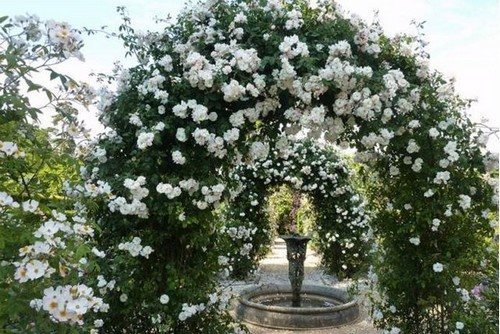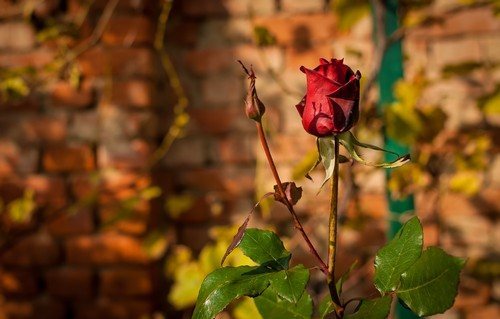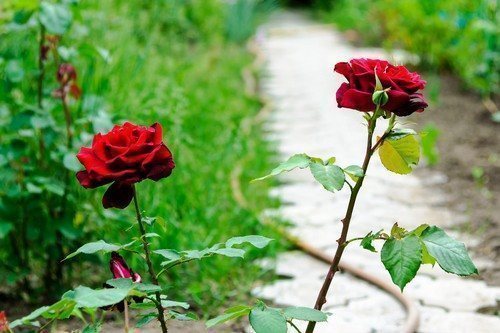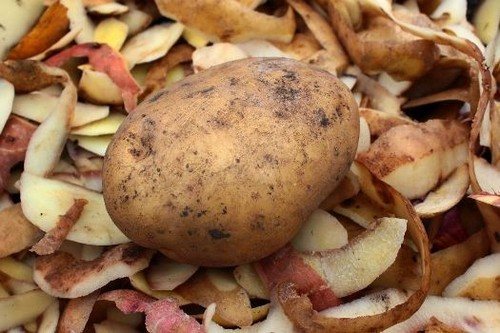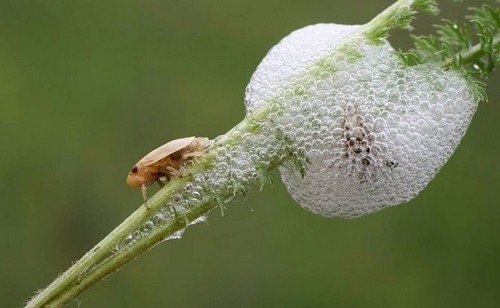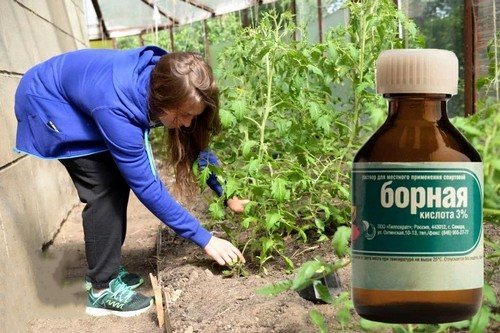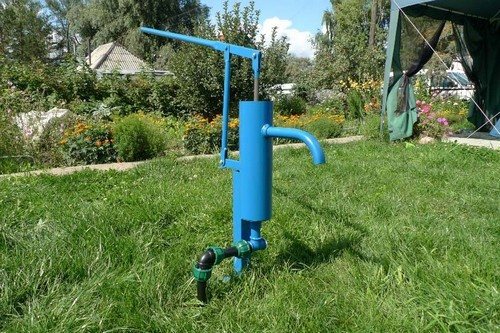A climbing rose can decorate any garden. A cascade of beautiful inflorescences flowing over shiny leaves causes delight and attracts the eye. This rose is not as fragrant as a bush rose, although varieties with a wonderful scent have appeared. Caring for this plant is complicated by the fact that for the winter the climbing rose must be removed from its support and covered. But its summer blooms are worth all the effort.

Due to the huge number of flowers produced on the plant, it spends a lot of energy on the formation of buds. It is simply necessary to help the queen of the garden during this period. It should be remembered that roses love organic fertilizers, but they also need mineral fertilizers. There is no need to apply excessive amounts of nitrogen fertilizers before flowering. They will cause an increase in green mass to the detriment of flowers.
Organic fertilizing with the addition of mineral fertilizers
This feeding is carried out during the beginning of budding. For organic feeding, you can use fresh cow manure, the so-called mullein, a thing that is in short supply these days, but very useful for plants. A solution is prepared from mullein in the proportion of 1 part mullein and 3 parts water. Add 1 matchbox of double superphosphate and potassium fertilizer to it. The finished mixture is placed in a container for 8-10 days. After the mullein has infused, it is diluted in the proportion of 1 liter of mullein per 10 liters of water and fertilized with flowers.It must be remembered that before applying fertilizer, the soil must be moistened; application to dry soil can damage young roots.
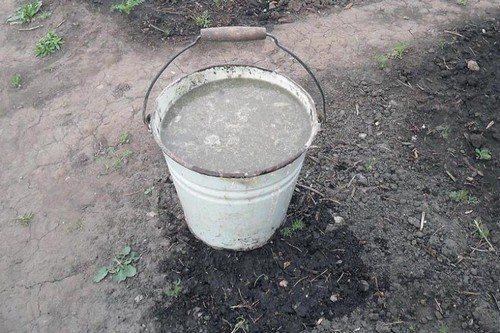
Foliar feeding No. 1
It is carried out on leaves and flowers. After cutting into bouquets and removing faded roses, you should spray the plants with Epin-Extra solution, which will prevent infection from entering fresh wounds.
Foliar feeding No. 2
Liquid fertilizer with humates is perfect for foliar feeding. It does not have to be intended for roses; it can be for any other flowers, even indoor ones. You should read the instructions for use and follow them strictly. Exceeding the concentration may cause leaf burn.
It is necessary to spray roses on the leaves in the evening to prevent burns, and the solution remains on the leaves longer.
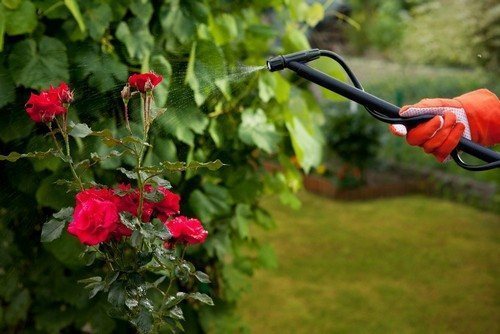
Feeding with ash
Wood ash is a very useful substance; it gently fertilizes, improves soil properties and enriches plants with potassium. In addition, it reduces soil acidity. Increased acidity inevitably occurs when fertilizing with phosphorus fertilizers. You can simply sprinkle the ash under the rose and after watering it will naturally dissolve. You can prepare an ash infusion by mixing 100 g of ash with a bucket of water. There is no special preparation for application, but it is recommended to loosen the soil so that the ash is not washed away when watering.
Fertilizing with complete mineral fertilizer
It is carried out at the very end of flowering, when the climbing rose should replenish its supply of nutrients and prepare for wintering. Complete mineral fertilizer is applied according to the instructions on the package.You cannot apply nitrogen fertilizer after this! The rose will produce many young shoots and will freeze in winter. After this feeding, the plant must prepare for winter; the shoots must have time to become covered with bark in order to protect themselves from both the cold and damping off.

There is nothing difficult about a rose developing and blooming more abundantly every year. Agrotechnical techniques for caring for it and fertilizers are available even to a beginner.
As a result of all efforts, a real photo zone will appear in the garden and all guests will take selfies near the climbing rose, which will serve as a wonderful backdrop!


